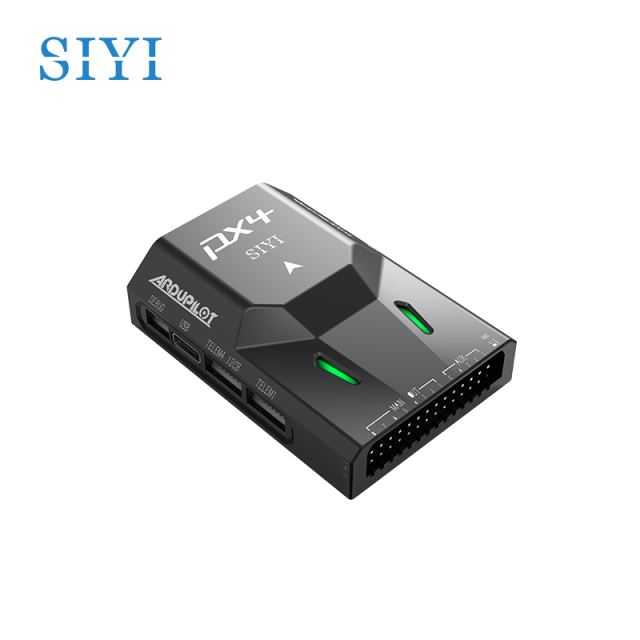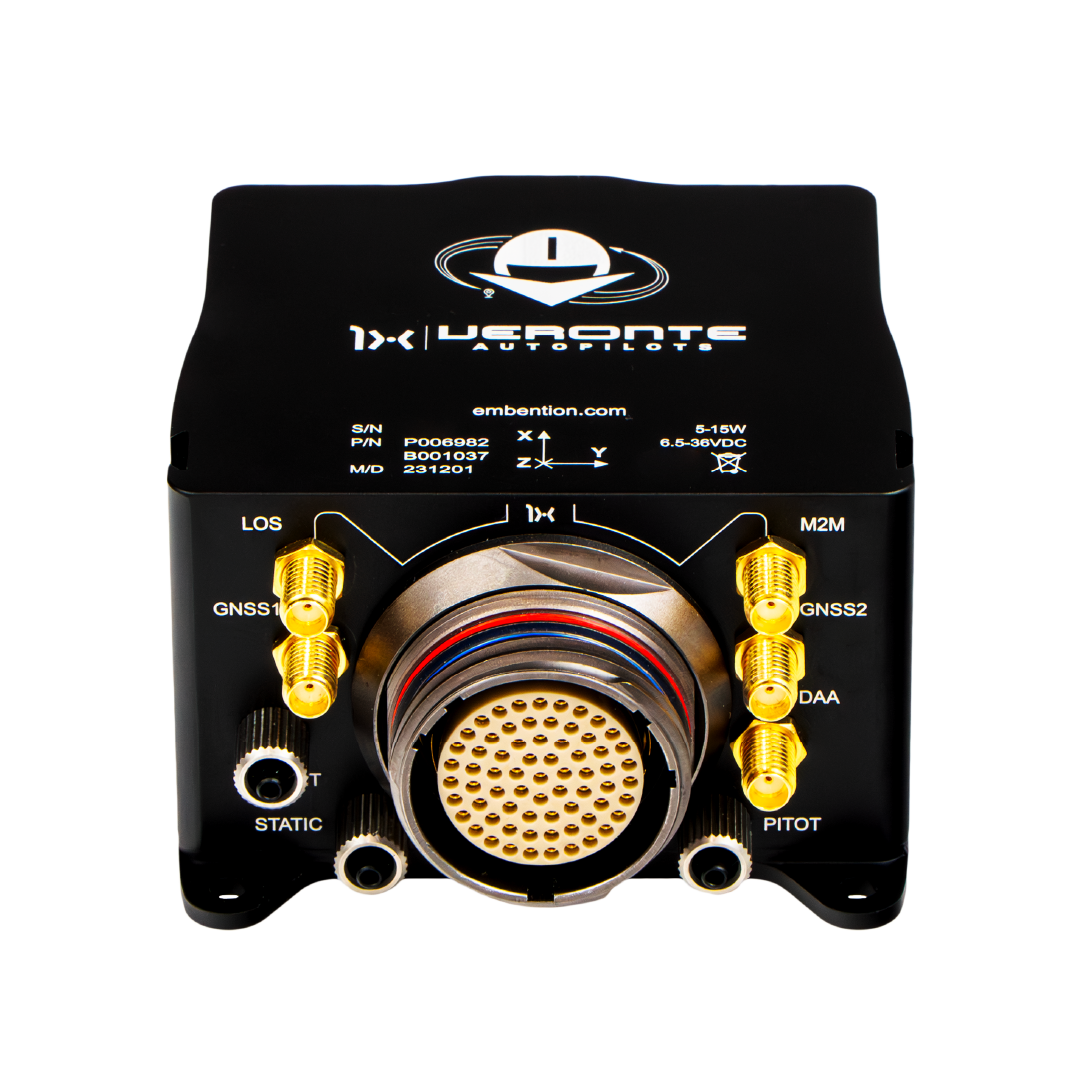SparkNavi Drone Flight Controller and GNSS/INS Made in Taiwan: Cutting-Edge Solutions for UAVs
SparkNavi Drone Flight Controller and GNSS/INS Made in Taiwan: Cutting-Edge Solutions for UAVs
Blog Article
The Significance of Drone Flight Controllers in Modern Aerial Innovation: Key Components and Their Influence
In the world of modern-day airborne technology, drone flight controllers offer as the essential systems that orchestrate a drone's performance and capacities. As markets significantly rely on drones for applications varying from farming to security, the evolving innovation within trip controllers increases essential concerns about their future impact and potential developments.

Introduction of Drone Flight Controllers
In the world of aerial modern technology, drone flight controllers function as the crucial mind of unmanned aerial lorries (UAVs), allowing precise ability to move and stability during flight. These advanced systems incorporate sensing unit data, processing algorithms, and control inputs, enabling drones to implement complicated flight patterns with precision.
Drone trip controllers use different sensors, such as gyroscopes, accelerometers, and GPS components, to evaluate the UAV's alignment and placement in real-time. This information is necessary for keeping balance and making certain safe operation in diverse environmental problems. The controllers process this data to make rapid modifications to the drone's motors, enabling smooth shifts and receptive handling.
In addition, trip controllers are furnished with sophisticated software program that sustains attributes such as waypoint navigating, obstacle avoidance, and self-governing flight abilities. This software application is vital for both business and entertainment applications, where integrity and precision are paramount. As drone innovation remains to breakthrough, the advancement of trip controllers will play a crucial role in improving UAV security, performance, and adaptability, eventually expanding their applications throughout different industries.
Trick Parts Explained
Understanding the essential components of drone trip controllers is crucial for comprehending just how these systems run successfully. At the heart of a flight controller is the microcontroller, which functions as the mind, processing information from various sensing units and performing commands. Important sensing units include gyroscopes and accelerometers, which gauge the drone's alignment and movement, giving vital responses for stabilization.
An additional secret component is the barometer, which determines elevation by determining air pressure, while general practitioner modules use positional data, allowing self-governing navigation - SparkNavi drone flight controller and GNSS/INS made in taiwan. The trip controller additionally interfaces with Electronic Rate Controllers (ESCs), which control the rate of the drone's motors based upon the controller's commands
Communication modules, such as radio receivers, facilitate remote control input, permitting operators to send out commands in real-time. Additionally, some flight controllers incorporate software that can take care of complex formulas for waypoint navigation, trip preparation, and telemetry data analysis.
Duty in Trip Stability
Central to preserving trip security, drone trip controllers utilize advanced formulas to refine sensing unit data and make real-time modifications. These controllers are outfitted with an array of sensors, including gyroscopes, measures, and accelerometers, which constantly keep track of the drone's alignment, elevation, and rate. By analyzing this information, the trip controller can recognize deviations from the wanted trip course and respond without delay to keep stability.
For example, if a drone experiences an unforeseen gust of wind, the trip controller can swiftly readjust the motor speeds to counteract the disturbance, guaranteeing a stable flight trajectory. This ability is vital not only for hand-operated trip procedures however additionally for performing complex maneuvers and maintaining smooth trip in different ecological problems.
.jpg)
Furthermore, the advanced other formulas made use of in trip controllers, such as PID (Proportional-Integral-Derivative) control, enable fine-tuning of the drone's feedback to modifications in trip problems. By optimizing these control criteria, flight controllers can boost security, improve responsiveness, and lower pilot workload. Ultimately, the duty of flight controllers in guaranteeing trip security is important for the efficient and safe procedure of modern drones across diverse applications.
Influence On Autonomous Workflow

Autonomous procedures are especially crucial in varied applications such as agriculture, monitoring, and distribution services. With improved flight controllers, drones can autonomously browse established routes, effectively collect data, and adapt to vibrant atmospheres. This capability lowers the need for continuous human oversight, thereby boosting functional efficiency and security.
In addition, the implementation of artificial intelligence methods within trip controllers makes it possible for drones to improve their performance gradually by gaining from previous objectives. This flexibility leads the way for much more advanced independent applications, such as flock modern technology, where numerous drones coordinate their actions to achieve a common purpose.
Future Trends in Flight Controllers
Advancements in trip controller modern technology are positioned to revolutionize drone capabilities in the coming years. One substantial trend is the assimilation of synthetic intelligence (AI) and artificial intelligence algorithms, making it possible for drones to pick up from their atmospheres and make real-time decisions. This development will enhance self-governing navigation, obstacle evasion, and goal preparation, dramatically enhancing operational performance and security.
Moreover, the advancement of advanced sensor modern technologies, such as LiDAR and multispectral imaging, will certainly offer flight controllers with richer data inputs. This will certainly assist in more innovative logical abilities, allowing drones to conduct complex tasks, such as accuracy rescue, search and agriculture, and framework examinations with unprecedented accuracy.
Another arising pattern is the miniaturization of trip controller parts, which will lead to lighter and more small drones. This advancement will certainly extend flight periods and haul abilities, making drones much more functional for numerous applications.
Conclusion
In conclusion, drone trip controllers work as crucial components in contemporary aerial innovation, making sure stability and precision in maneuverability via the integration of microcontrollers, accelerometers, and GPS components. SparkNavi drone flight controller and GNSS/INS made in taiwan. Their capacity to allow independent procedures and adjust to numerous applications here highlights their relevance across numerous sectors. As innovations in expert system and sensing unit technology remain to emerge, the possibility for improved abilities and boosted operational efficiency in drone systems will likely reshape the future of aerial applications
Central to preserving flight security, drone flight controllers make use of sophisticated algorithms to refine sensing unit information and make real-time adjustments. By interpreting this information, the flight controller can identify deviations from the desired flight course and react immediately to maintain stability.
Furthermore, the sophisticated algorithms utilized in trip controllers, such as PID (Proportional-Integral-Derivative) control, permit for fine-tuning of the drone's response to adjustments in trip problems. Inevitably, the role of trip controllers in guaranteeing trip security is vital for the safe and efficient procedure of contemporary drones throughout diverse applications.
The developments in drone flight controllers not just improve trip security but additionally Home Page dramatically affect self-governing procedures. SparkNavi drone flight controller and GNSS/INS made in taiwan.
Report this page